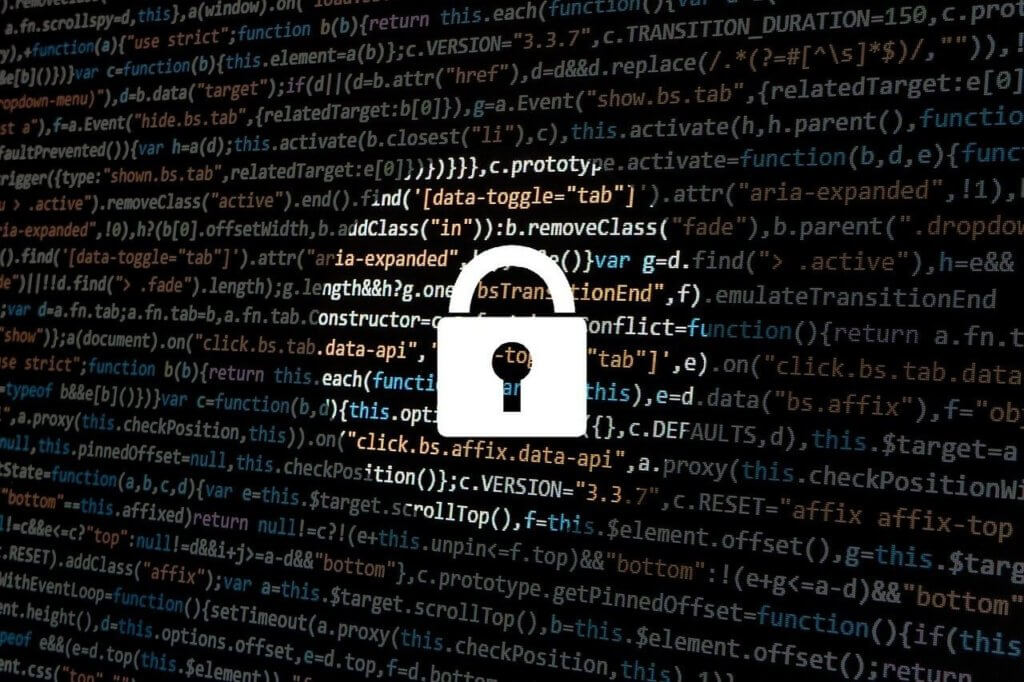Table of contents
The developer’s guide to a secure code review
//
Everyone is concerned with cyber security, and for good reason. According to Check Point, cyber-attacks have increased by 50% from 2020 to 2021, and we expect this trend to continue in the foreseeable future. New technologies and tools pop up every day to answer the growing demand to protect against hackers. Still, a more fundamental change to how you handle security at your organization is necessary.
What is a Secure Code Review?
Secure Code Review is a process by which you may reveal potential security concerns by analyzing your code. The code review process can be either manual or automated, or some combination of both.
A standard code review focuses on software quality, such as usability, reusability, and maintainability. In contrast, secure code reviews focus on software security, such as confidentiality, integrity, and availability, among other factors (C.I.A.).
How does Secure Code Review work?
The focus of a secure code review differs from a regular code review and takes a deeper look into Authentication, Authorization, Session management, Data validation, Error handling, Logging, and Encryption. Code reviews are traditionally performed before every merge, ensuring the code adheres to your standards before incorporating it into your codebase.
The objective of a secure review isn’t always to eliminate all vulnerabilities but to have an accurate assessment of risks. Depending on the type of organization, you may forward your risk assessment to the client for review or handle it internally. Either way, you’ll have to decide whether the risk is acceptable.
Manual Secure Code Review
Manual code review can be a lengthy and tedious process. A developer must go over all changes line by line and understand everything the code does. Unlike regular code reviews, a senior developer with domain expertise must perform the review to be effective. A junior developer is unlikely to catch complex security flaws without proper training. The upside is that if done well, the senior developer will train a junior developer while reviewing their code.
Automated Secure Code Review
Automated tools that review code are an excellent solution to the shortcomings of manual code review, namely the time commitment required. Automated tools may be expensive, and they are not without their drawbacks. Some tools are specialized for certain flaws but may overlook others; while more general tools exist, they naturally aren’t as proficient in any specific area. False positives create more work for manual reviewers and erode trust over time, while false negatives leave issues unattended. Choosing a good tool is essential.

Why is Secure Code Review critical?
Secure code review is part of the process of shifting left security. More often than not, security testing is left to the end of the development cycle, resulting in extended development time and unplanned delays. While code review isn’t as rigorous as testing, it can help soften the impact of security issues found down the road. Finding and handling flaws in the code as early as possible allows developers more time to fix problems. The earlier you find potential problems, the less likely they will remain undetected in a released version.
Secure Code Review best practices
There are a few things to keep in mind when venturing into secure code review, some tips to help you transition from the well-known code review process to a secure one.
Create a code review checklist
Code review checklists are essential for consistent and effective code review. A checklist is particularly useful when multiple reviewers work together to assess vulnerabilities in your code. A code review checklist can also grow and improve over time. Make sure your reviewers know that they should update the code review checklist if they find it lacking or have insights on new aspects that they should add. You can also incorporate a timeline in your checklist to help the process.
Use both manual and automated techniques
Automated software can consume high volumes of code much faster than a human ever could. Advanced software solutions can provide insights into logical errors in your codebase, and even offer solutions. But automated software still can’t do everything a human can, and it is bound to miss more complex issues that only an experienced developer will catch.
On the other hand, humans will have a hard time poring over tens of thousands of lines of code and remain effective and alert. It is simply not possible for a human to repeatedly scan every line of code. That is why you should employ a healthy mix of both. Let the software automation run continuously to catch as many errors as possible and use humans to analyze key points of potential failure.
Categorize vulnerabilities
Different issues in the code carry different levels of risk. There are numerous ways in which bad code can be exploited by a malevolent actor, from buffer overflows to SQL injections. Some automated tools can eliminate some of those vulnerabilities, while others need to be dealt with by humans. Make sure to categorize each potential vulnerability so everyone will clearly understand priorities.

Monitor code continuously
Integrate automated tools into your CI/CD pipeline instead of scanning your codebase for potential issues at the end of the development cycle. Continuous monitoring of your code means you can tackle earlier issues and prevent delays in your release. Also, catching harmful code before it enters circulation makes it easier to fix. If you wait until the end of the development cycle, you may already have dependency issues that make it harder to fix the problems and take even more time.
Shifting left security is an essential ingredient in promoting a secure culture in your organization. You can keep your software secure with agile methodologies while maintaining a quick release schedule.
Even before getting to the code review process, a tool like Tabnine can enhance your code while you’re writing it. With AI-driven prediction, Tabnine will make the code cleaner and easier to review and even prevent some security issues right as you type your code. Try Tabnine and start coding faster and cleaner with less effort.



